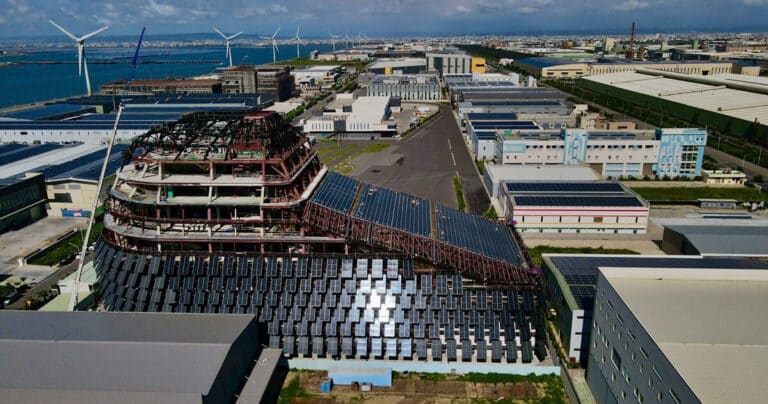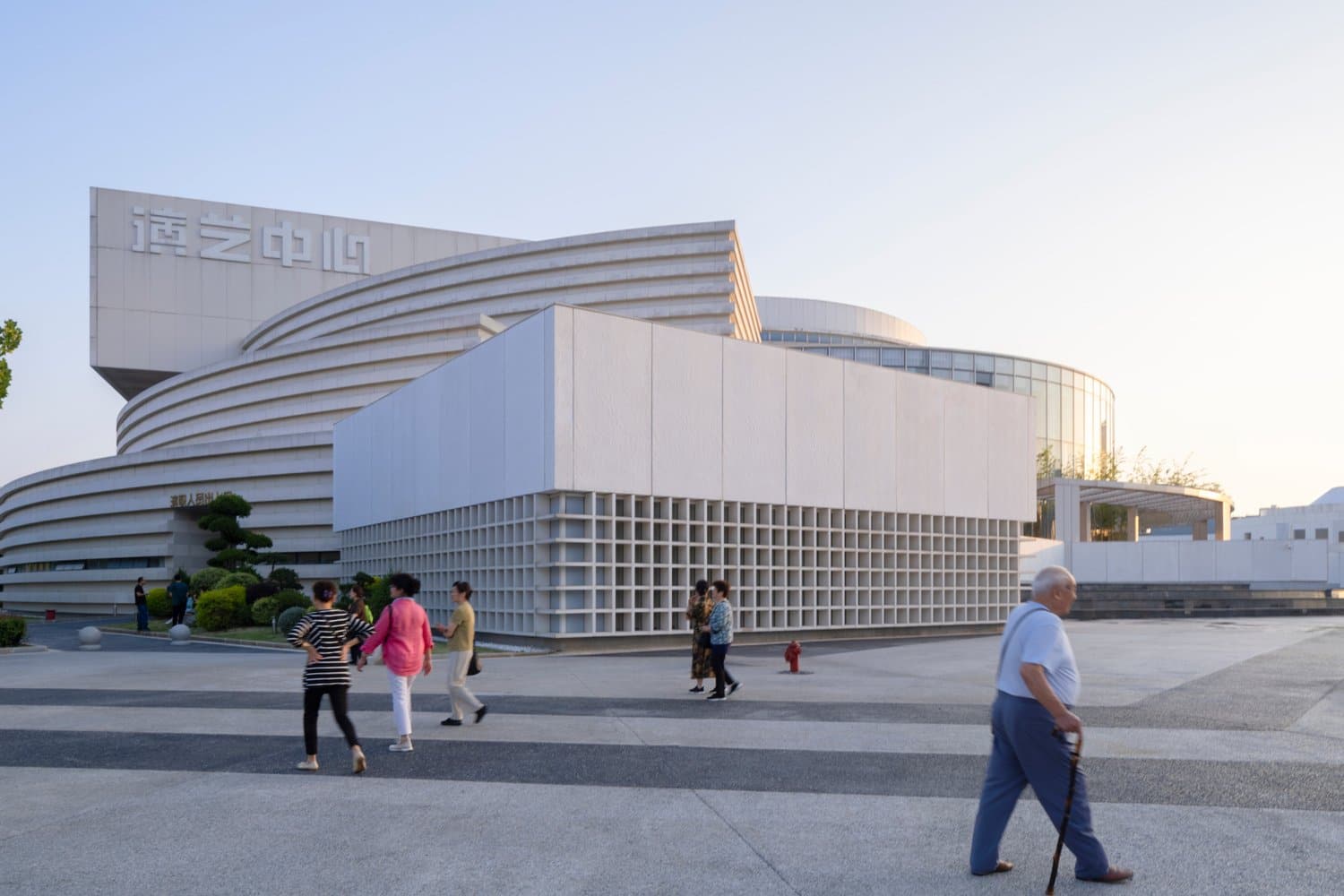New Requirements for Building Facade and Parapet Inspections in New York City: What You Need to Know
New York City has introduced updated regulations regarding the inspection of building facades and parapets. As of January 1, 2024, annual parapet inspections are now mandatory for all buildings across the city. In addition, the deadline for submitting Facade Inspection Safety Program (FISP) Sub-Cycle 9C reports is fast approaching on February 21, 2024.
In this article, we will explore the key requirements, compliance deadlines, potential penalties for non-compliance, and frequently asked questions related to these updates. We’ll also provide an expert analysis and highlight some challenges that property owners may face under the new rules, particularly regarding the annual inspection of parapets, a vital component of the annual parapet inspection regime.

Annual Parapet Inspection Requirement
As of January 1, 2024, all building owners in New York City must conduct an annual inspection of their building’s parapets—those low walls or barriers at the edge of a rooftop. The goal is to ensure structural integrity and prevent potential hazards such as falling debris. These annual inspections, crucial for the parapet’s structural safety, are essential for maintaining safety.
- First Compliance Deadline : Reports must be submitted by December 31, 2024.
- Record Retention : Inspection records must be kept for at least six years.
- Who Can Perform the Inspection? Only licensed engineers or architects certified by the NYC Department of Buildings (DOB).
These inspections aim to enhance public safety and reduce risks associated with deteriorating parapet structures. Therefore, an annual parapet inspection is a critical element.
Facade Inspection Safety Program (FISP) – Cycle 9C
The FISP program requires periodic inspections of exterior building walls for structures over six stories. These inspections are conducted in three sub-cycles (A, B, and C), based on the last digit of the building’s block number. This complements the necessity of an annual parapet check.
- Deadline for Sub-Cycle 9C : February 21, 2024.
- Buildings Affected : Those with block numbers ending in 1, 2, or 3.
The 9th cycle introduces more rigorous inspection standards, including:
| Type of Inspection | Description |
|---|---|
| Visual Inspection | Conducted using aerial drones or motorized scaffolds |
| Hands-On Inspection | Physical examination of suspect areas |
| Probes and Tools | Use of moisture meters or other tools when necessary |
According to the DOB, it can take up to four months to schedule an inspection and complete the report, making early planning essential. This time frame applies to both facade and annual parapet reports, emphasising the need for timely annual inspections.
Penalties for Late Submission
Failure to meet the submission deadline comes with serious financial consequences, especially with regards to the required parapet reporting that forms part of the annual parapet inspection:
- Daily Fine : $1,000 per day for each late report.
- Public Record : Delinquent building owners will be listed publicly on the DOB website.
Given the high cost of delays, timely scheduling and submission are crucial. Therefore, adhere strictly to the annual parapet inspection timeline.
ArchUp Analysis: Challenges and Considerations
While these new requirements are designed to improve safety and accountability, they present several practical challenges, including those related to the annual parapet evaluations during an inspection:
- Increased Administrative Burden : Especially for small-scale property owners who may not have dedicated maintenance teams.
- Lack of Awareness : Many building owners remain unaware of the new rules, leading to avoidable violations.
- Heavy Reliance on Private Contractors : With no direct oversight of inspection quality, there’s a risk of inconsistent reporting standards.
We recommend that the DOB launch a comprehensive awareness campaign targeting smaller property owners and establish clearer guidelines for inspection quality control, especially focusing on the requirements for an annual parapet inspection.

Frequently Asked Questions (FAQ)
| Question | Answer |
|---|---|
| Does the parapet inspection apply to all buildings regardless of height? | Yes, the requirement for an annual parapet inspection applies to all buildings, regardless of number of floors. |
| Who is qualified to perform the inspection? | Licensed engineers or architects certified by the DOB. |
| Can I submit both the FISP and parapet inspection reports together? | Yes, but ensure both meet their respective requirements. |
| What happens if I miss the deadline? | A $1,000 daily fine will be applied until the report is submitted. |
| Is electronic submission allowed? | Yes, through the DOB’s online portal. |
Summary Table of Key Points
| Item | Details |
|---|---|
| Start Date of Annual Parapet Inspection | January 1, 2024 |
| First Reporting Deadline | December 31, 2024 |
| Document Retention Period | Minimum of 6 years |
| Buildings Affected by FISP 9C | Over six stories with block numbers ending in 1, 2, or 3 |
| FISP 9C Submission Deadline | February 21, 2024 |
| Daily Penalty for Late Filing | $1,000 per day |
| Required Inspection Types | Visual, hands-on, and probe-based where needed |
By staying informed and proactive, building owners can ensure compliance with these new regulations while contributing to safer urban environments. For more information, visit the NYC Department of Buildings website .







